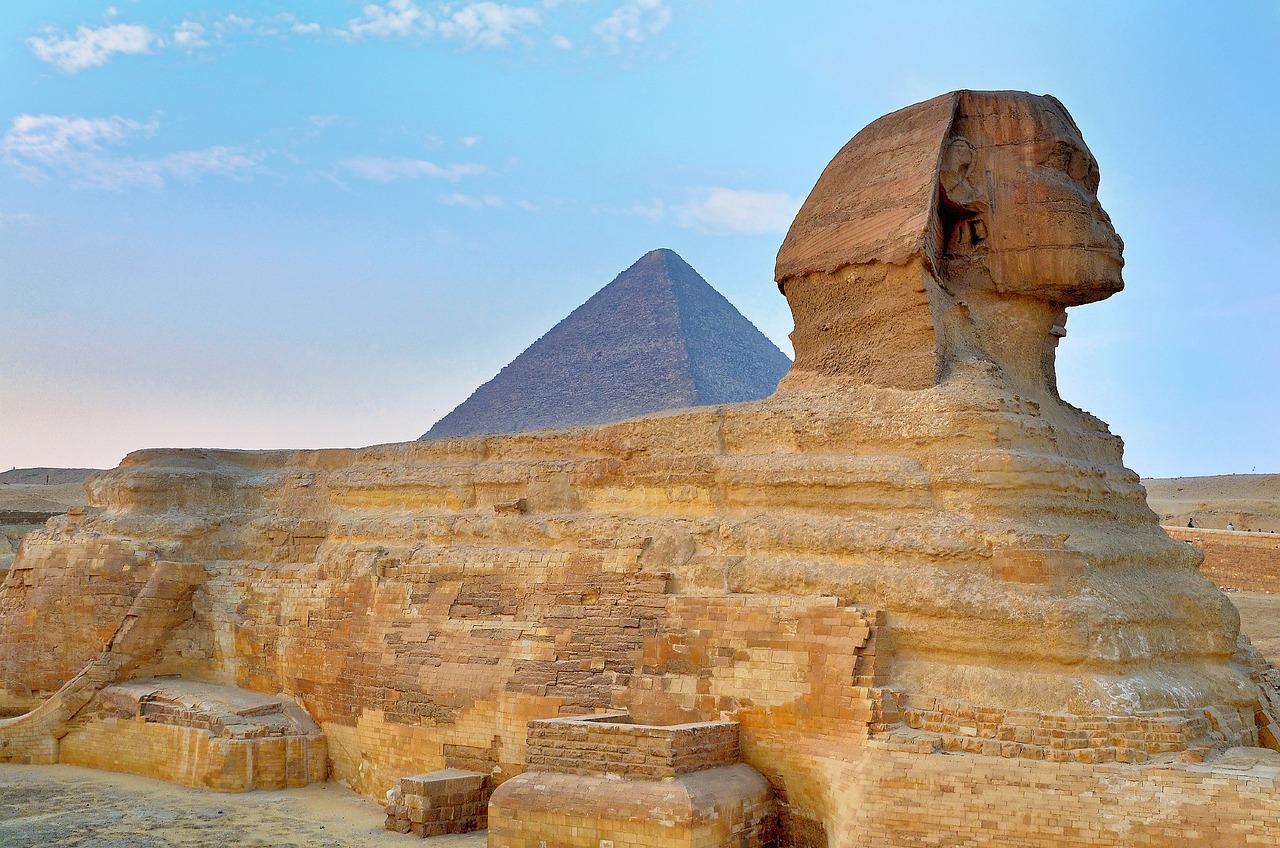
Vocabulary:
- hypothesis /hahy-POTH-uh-sis/
- presumed /pruh-ZOOMD/
- plausible /PLAW-zuh-buhl/
- swift /swift/
- resemblance /ri-ZEM-bluhns/
[noun] – an idea or explanation for something that is based on known facts but has not yet been proved
The scientist formulated a hypothesis to explain the observed phenomena in the experiment.
[adjective] – assumed or believed to be true without direct evidence
The presumed winner celebrated cautiously until the official announcement.
[adjective] – seeming likely to be true, or able to be believed
The explanation provided seemed plausible, given the available evidence.
[adjective] – happening or moving quickly or within a short time, especially in a smooth and easy way
The swift river currents carried the canoe downstream effortlessly.
[noun] – the fact that two people or things look like each other or are similar in some other way
The resemblance between the mother and daughter is evident in their shared smiles and mannerisms.
Article reading:
Leif Ristroph, a senior author of the study and an associate professor at NYU’s Courant Institute of Mathematical Sciences, explained that the findings put forth a plausible explanation for the emergence of sphinx-like shapes through erosion. Laboratory experiments demonstrated that materials can indeed adopt sphinx-like forms under the influence of rapid currents. The research team fashioned clay models resembling yardangs, natural compact sand formations sculpted by wind in exposed desert regions. These models underwent a swift stream of water to simulate the effects of wind erosion. By incorporating harder, non-erodible elements within the soft-clay mound, mirroring the composition of the Great Sphinx, the researchers observed the manifestation of a lion-like form. Ristroph emphasized that certain naturally occurring yardangs in the desert bear a resemblance to seated or reclining animals with raised heads, occasionally earning them the moniker “Mud Lions.” He contends that these experiments enhance our comprehension of yardang formation.
Discussion Questions:
- Have you ever visited or seen the Great Sphinx of Giza, whether in person, through pictures, or on television? If yes, how would you describe your experience and reaction to seeing this ancient structure in real life? If not, have you ever wondered about the methods and forces involved in creating such historical monuments, like the Great Sphinx?
- Have you ever participated in or observed experiments or studies that aimed to recreate historical conditions, similar to the NYU study attempting to understand the impact of wind on the formation of the Great Sphinx? If yes, could you share your insights or reactions to the experiments? If not, what are your thoughts on the value of such experiments in enhancing our understanding of historical mysteries?
- Do you think studies, like the one from New York University on the role of wind in shaping the Great Sphinx, help people rethink and learn more about ancient structures and civilizations?
- How might the idea that wind erosion played a role in shaping the Great Sphinx lead us to reconsider the stories told by ancient structures? In what ways could studying natural forces enhance our understanding of history, and can you think of other historical mysteries where this approach might be applied?
- What particular ancient civilization or structure do you find mysterious or intriguing? What aspects of its history or construction do you believe warrant further exploration or investigation?
Summarization
Describe:
- geologist
- limestone
- clay
- wind erosion
- sphinx-like shape